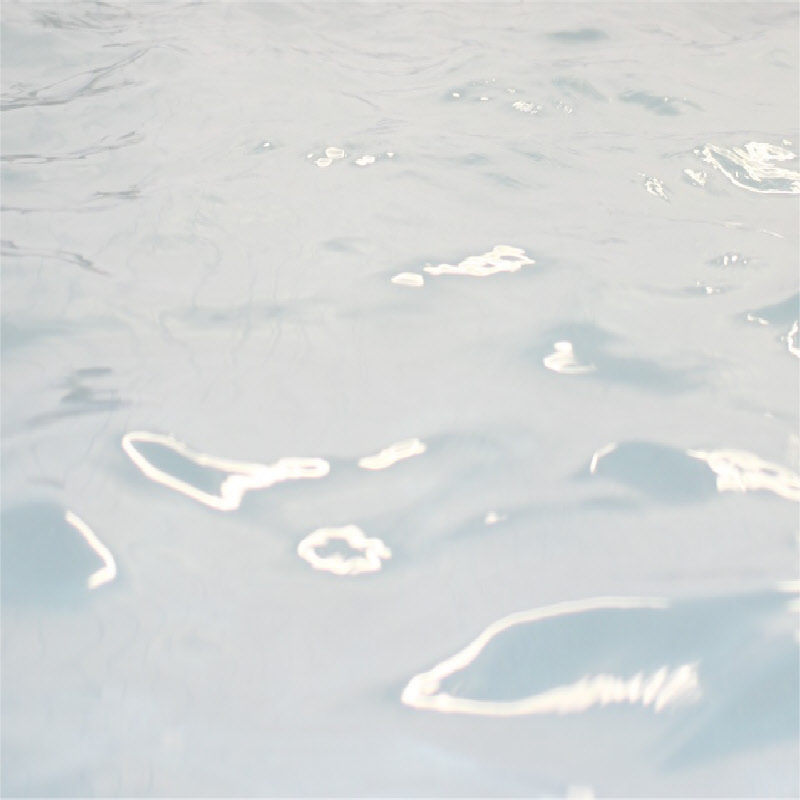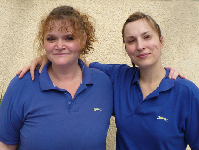
© 2010 JJ Swim School Ltd.
website by amtar.co.uk


Babes in the Water
Medical
You can take a child of around 4-
Thinking about joining our class
The best age for children to start water activities is around 4-
Pre swimming Pool
Bath time is a great opportunity to familiarise your baby with a water environment and to prepare them for future activities in the swimming pool. Remember that your baby has been immersed in fluid for 9 months before birth and will almost certainly be comfortable when put into water soon after birth, as long as they feel safe. Initially keep bath time short, reassure your baby by
smiling, talking to and maintaining eye contact. Bath time should be fun for both
adult and baby and as washing still remains a priority it is an ideal opportunity
for your baby to become comfortable when being immersed and encourages adult confidence
when handling the baby in water. From an early age babies will instinctively move
arms and legs when immersed in water and will soon be smiling and happy. They should
be encouraged to feel the support of the water but there are many activities, which
your baby can experience and learn from before moving to the swimming pool environment,
usually around 4-
Initial activities
When putting a young baby in the bath always ensure that there is a non-
Moving to the Swimming Pool
If your baby is well accustomed to being in the bath at home there should be few problems associated with transferring to the swimming pool. However, some babies will find the transition a little daunting and a few steps can make it a pleasurable activity for both adult and baby:
· Give your baby a very light snack 15-
· Arrive in plenty of time so that you are not rushing and can stay relaxed.
· Take a familiar bath toy, this can help to put the child at ease.
· Take a swimming costume for yourself and sufficient towels for both yourself and baby.
· Do not use normal nappies as they fill with water and become uncomfortable and heavy. Use a specifically designed disposable swim nappy.
· Have a positive attitude.
Rest before the lesson
Your baby should be alert when coming to its classes -
Get to know each other
Make friend with the other parents and babies. This will help make the lesson more relaxing and your baby will learn more easily. If baby is enjoying the play with other babies they are less likely to get bored. Watching others enjoying the water will help your baby to join in and enjoy the water.
Points to always remember
· Submerge to your shoulder level. Babies held out of the water will soon become cold.
· Watch baby’s face -
· Keep moving -
· Freedom -
· Be adventurous -
· Allow the timid child time to adjust -
· Understand why your baby is crying -
· Encourage breath control in the swimming pool / bath.
At JJ Swim School, Justine Mileusnić and Jodie Kantas are both experienced and qualified ASA swimming teachers. They continually attend professional developments and training courses to keep their knowledge up to date with the latest teaching techniques.
Our lessons are structured towards the ASA awards scheme. The ASA has a range of Duckling awards specifically designed for this age group, which can be a great incentive. It is important that both adult and baby feel comfortable with the set up of a class and have time to prepare for the lesson in advance.





